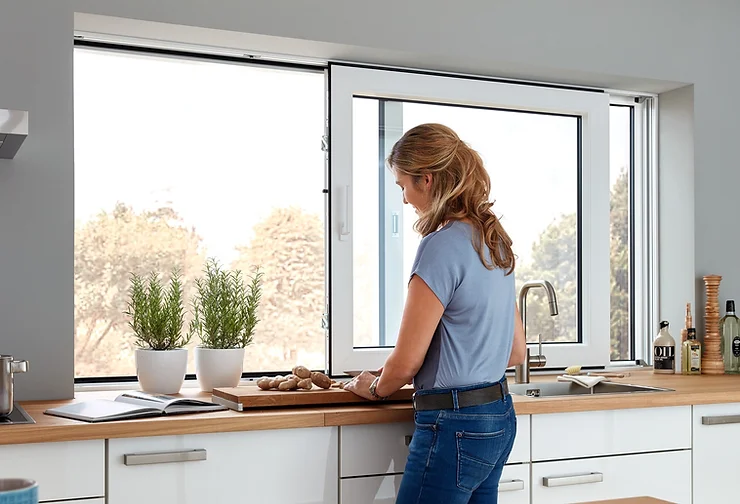
Awning Windows vs. Sliding Windows: Choosing the Right Window Style for Your Home
When it comes to selecting the ideal windows for your home, considering the different styles available is crucial. Two popular options that offer their unique advantages are awning windows and sliding windows. In this article, we will delve into the differences between these two window styles, focusing on their energy efficiency and space requirements, to help you make an informed decision that best suits your needs.
Awning Windows: Efficiency and Versatility
Awning windows are hinged at the top and open outward from the bottom, resembling a small awning when fully opened. These windows offer excellent energy efficiency due to their design. When closed, they provide a tight seal, minimizing air leakage and reducing heat transfer. The overlapping sash creates an additional layer of insulation, making them an ideal choice for climates with extreme temperatures.
The awning window’s design also allows for ventilation, even during rainy weather. By opening the window slightly, rainwater is prevented from entering, while fresh air can still circulate, keeping your home well-ventilated.
Sliding Windows: Space-Saving and Sleek
Sliding windows, also known as gliding windows, operate by sliding horizontally along a track. This style is well-suited for areas with limited space, as they do not require extra clearance when opening. Sliding windows offer a sleek and contemporary look, adding a touch of modernity to your home’s aesthetics.
While sliding windows may not match the same level of energy efficiency as awning windows, advancements in window technology have led to the development of double glazed and insulated sliding windows, improving their thermal performance.
Space Considerations: Awning vs. Sliding Windows
One significant advantage of sliding windows is their space-saving design. They are an excellent choice for rooms with limited wall space or where window placement is close to walkways, patios, or decks. Since sliding windows do not open outward, they are less likely to interfere with outdoor spaces or obstruct walkways.
On the other hand, awning windows require some clearance around the window when opened. Therefore, they are better suited for areas where space is not a constraint, such as bedrooms, living rooms, or areas where the window can be easily accessed without obstruction.
Choosing the Right Window Style for Your Home
When deciding between awning windows and sliding windows, consider the specific needs of your home and the room where the windows will be installed. If energy efficiency is a top priority, especially in regions with extreme temperatures, awning windows are an excellent choice. They offer superior insulation and effective ventilation, keeping your home comfortable year-round.
However, if space-saving and sleek aesthetics are your main concerns, sliding windows are the way to go. They provide a modern look while optimizing available space and maintaining good natural light flow.
Understanding the differences between awning windows and sliding windows is crucial in selecting the right window style for your home. While awning windows excel in energy efficiency and ventilation, sliding windows offer space-saving benefits and a sleek appearance. Consider your specific requirements, available space, and the desired functionalities to make an informed decision that aligns with your preferences and enhances the overall look and efficiency of your home.